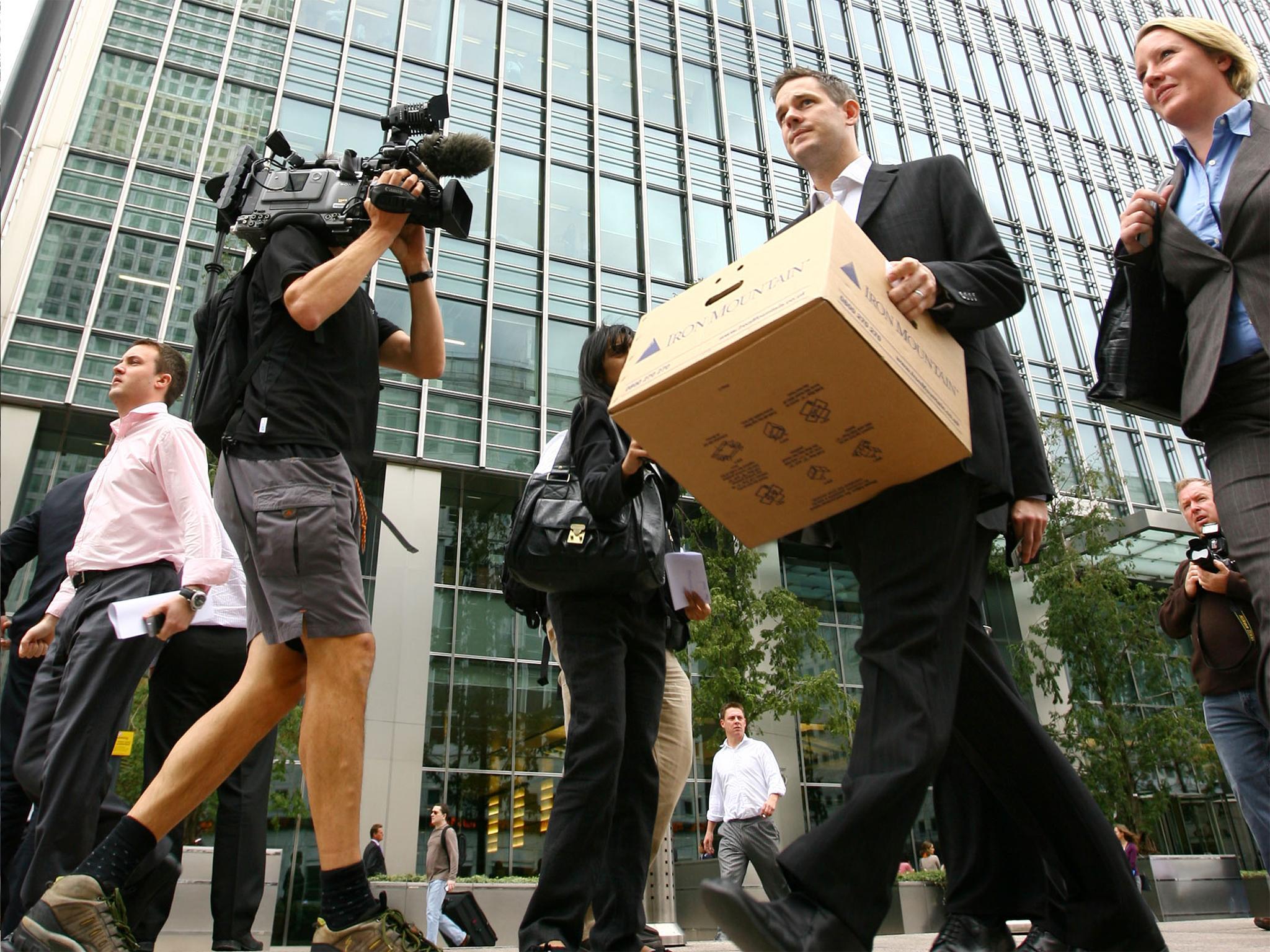Alarming new research suggests the UK’s four biggest banks would need to raise another £155bn in fresh capital to withstand a new financial crisis, despite the view of the Bank of England Governor that lenders have an adequate cushion to cope with further turmoil.
But what is "capital"? And why should we be concerned?
What is a bank’s capital cushion?
Capital, broadly, represents shareholders’ money on the balance sheet of a commercial bank. It’s there to absorb losses. If losses are bigger than the capital cushion the bank is bust.
So why does that matter for anyone else?
If a bank goes bust and it is considered to be important for the wider economy there can be massive pressure on the government to use taxpayers’ money to prop up the failed lender to keep it going.
This is what happened in the UK in the 2008-09 financial crisis, when the previous Labour government felt it had no choice but to rescue the Royal Bank of Scotland and HBOS (and later Lloyds) with tens of billions of pounds of taxpayers’ money.
So how do we stop that happening again?
One of the best ways to prevent a repeat is for regulators to require banks to hold significantly larger capital buffers.
They had run these buffers down to crazily small levels before the crisis in order to boost one measure of their profitability.
Banks can build these buffers by asking their shareholders to stump up more money, or by retaining cash generated in the business rather than dispersing it in dividends to shareholders or bonuses to employees.
So is that now happening then?
Banks have certainly bolstered their capital buffers since the financial crisis.
But a growing number of financial experts – including Sir John Vickers who chaired the Government’s 2011 Independent Banking Commission – say they are still not holding anywhere near enough to make them safe in another crisis.
And this latest research by three respected independent financial academics suggests that investors in banks share that view.
The market value of the big four UK banks – RBS, HSBC, Barclays and Lloyds – is still below what these banks are saying they are worth.
Why are regulators not doing more?
The Bank of England is in charge of making sure the banks have enough capital and they say that they basically done enough.
The Bank points to its annual stress tests, which model how bank’s balance sheets would hold up in various stress scenarios such as a recession or an economic crisis in China, and say that the UK’s lenders seem to be robust.
But critics say that these stress exercises are flawed and that the Bank is putting too much confidence in them – leaving taxpayers dangerously exposed.
Subscribe to Independent Premium to bookmark this article
Want to bookmark your favourite articles and stories to read or reference later? Start your Independent Premium subscription today.


Join our commenting forum
Join thought-provoking conversations, follow other Independent readers and see their replies